The History
of the Golf Ball
In the Beginning There Was the Rock
Historians disagree over the origins of golf, giving credit for its invention to everyone from the Romans and Dutch to the French and Chinese. That’s probably because everyone enjoyed hitting things with sticks. But most seem to agree that golf – as we know it – was invented by the Scots, with the word “golf” first appearing in the Scots language back in 1457.
But we divers know better. Cavemen played golf long before the Scots. And we can prove it. We’ve got tapes of Fred Flintstone not only playing golf with a rock ball, but recovering from a really tough lie (down a dinosaur’s throat) to win a tournament. It’s the kind of stuff you just don’t see on the PGA Tour anymore (watch it here).
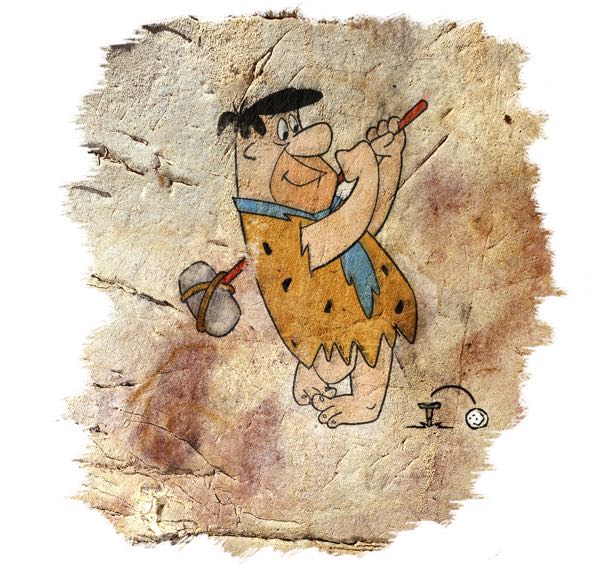

But let’s return to the historians’ version. Back in Scotland in the 1400s, golf balls were supposedly made of beech wood – handcrafted by carpenters. More than a hundred years later – 1618 to be exact – balls saw a vast technological improvement. The new ball design was called the “feathery” or “featherie” (depending on who’s writing about it). It was a piece of leather stuffed with goose feathers, sewn tight, dried-hard and painted. Sweet, right?
And as if that wasn’t whacky enough, King James VI granted exclusive rights for 21 years to just one guy to make these feathery beauties, and that guy could only make about 4 a day!
So, it's probably safe to assume a few things about these early golf balls:
- They weren’t exactly round
- They didn’t go far
- Get ‘em wet and they were kaput!
- They cost some tall-green, or whatever they used for money back then
- They sucked
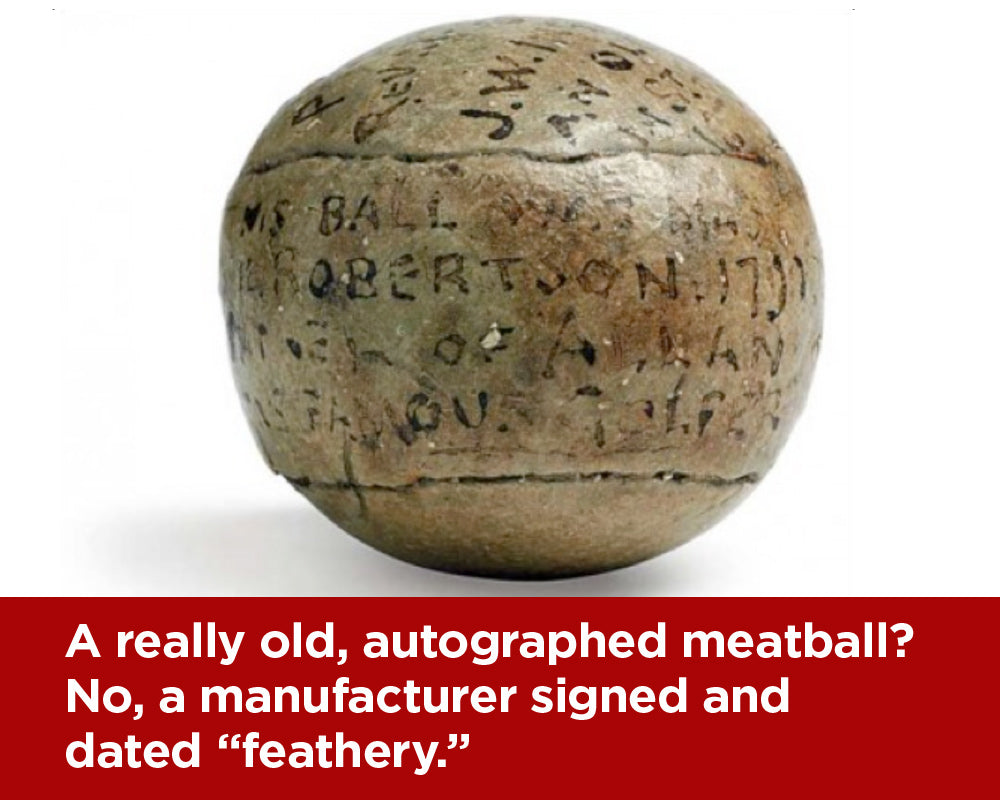
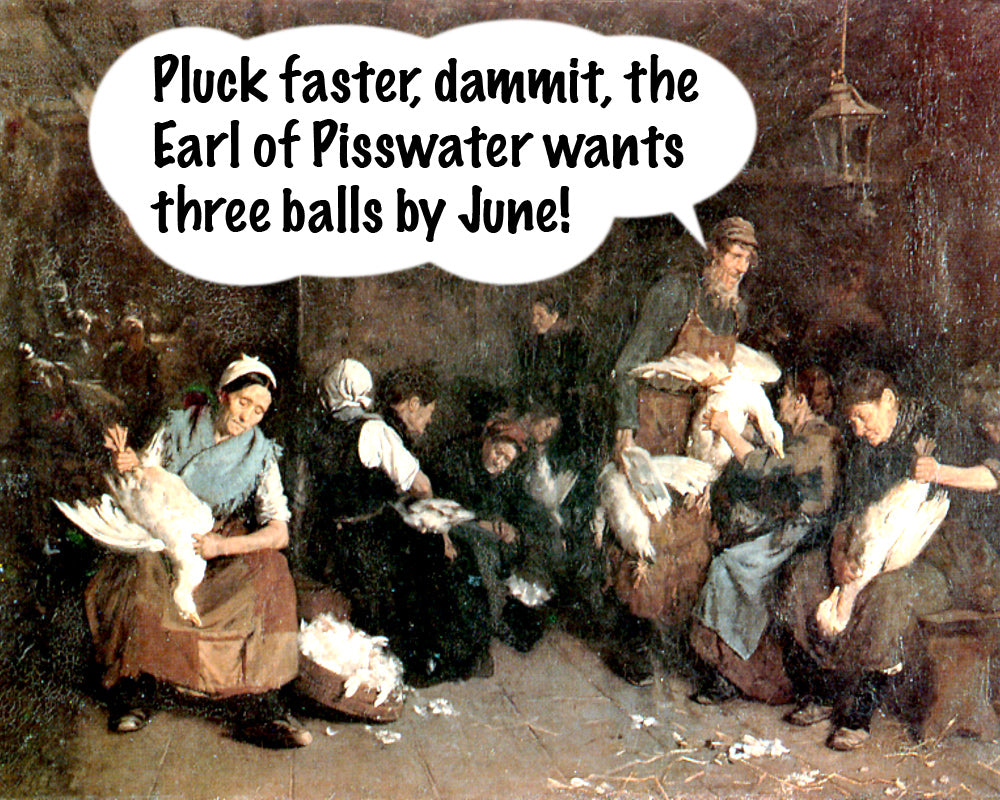
They finally make them ROUND
Fortunately, the ball designers kept at it. In the mid-1800s, someone invented the gutta percha ball, or “guttie.” It was made from sap from the Sapodilla tree, heated and poured into a round mold. These things were hard – like teeing up a billiard ball. But still they were a big advancement because, for the first time, balls are actually round and can be mass-produced, making golf a possibility for the average working stiff. So, golf became widely popular, resulting in an explosion of new courses and equipment.
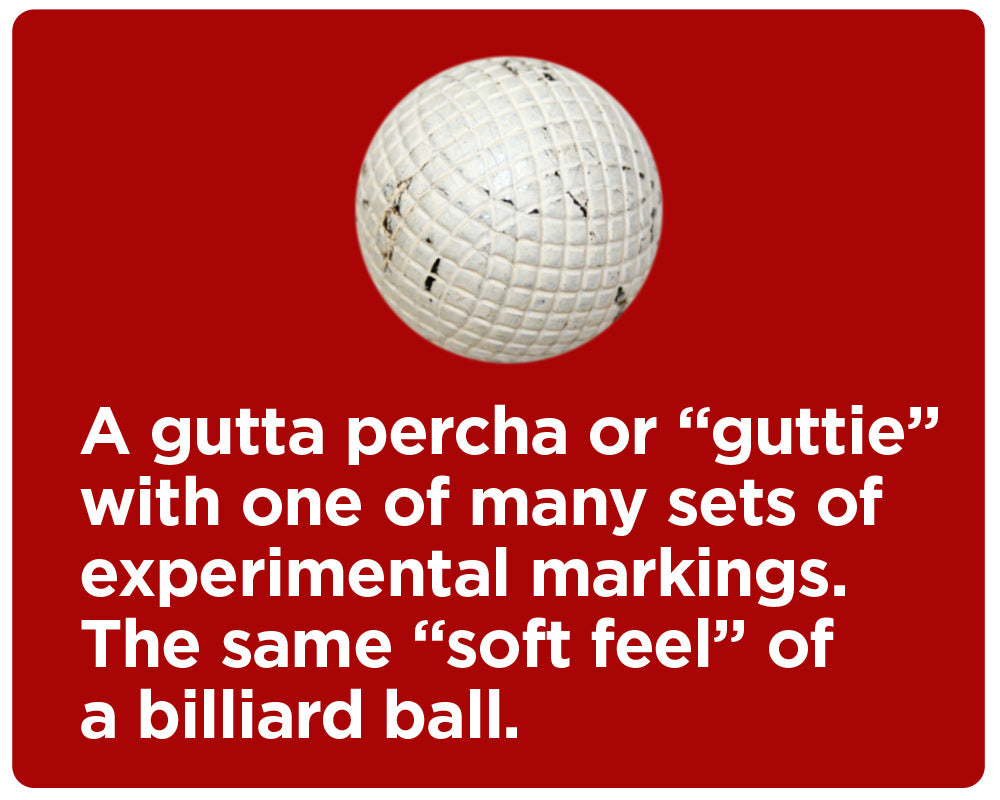
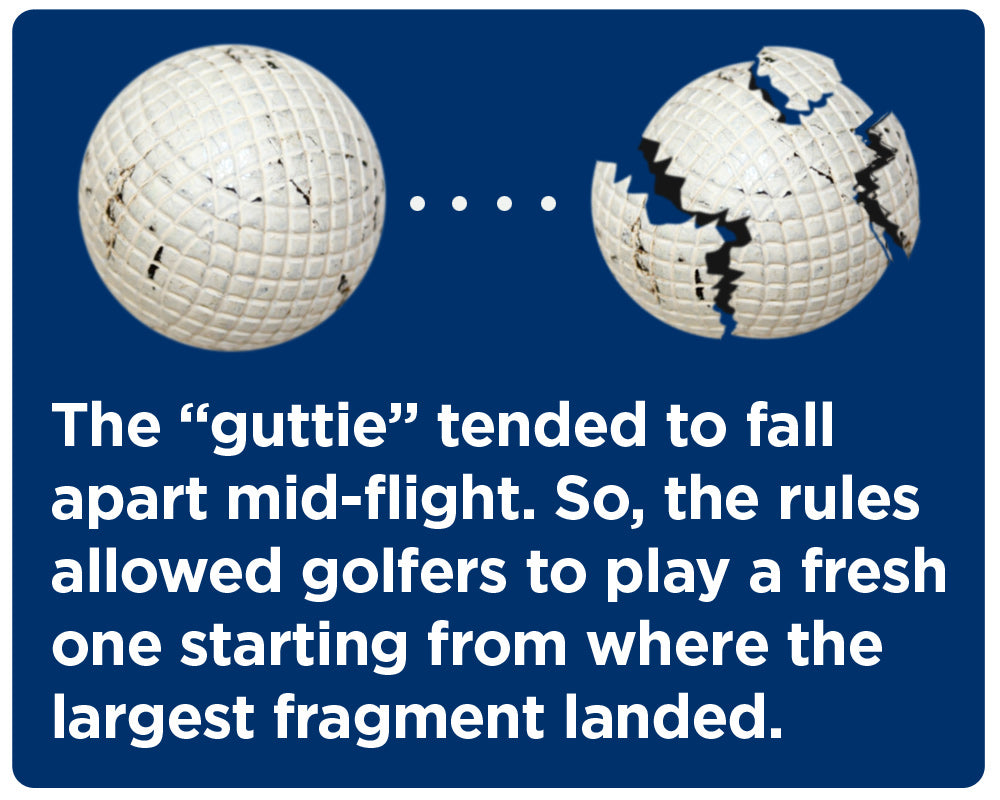
But there’s more. Supposedly, as balls got nicked and beat up, people noticed that they actually flew longer and straighter. You know where this is going eventually, right? Golf ball dimples, but dimples as we know them were still decades away. First, people had to spend years experimenting with all kinds of other markings, including golf ball protrusions and denting gutties with hammers.
The birth of the Modern Golf Ball
(sort of)
Anyway, the messing around continued. Yada. Yada. A bunch more stuff happened that we’ll skip over and suddenly we’re in the 1890s when someone at BF Goodrich found that a bunch of tightly wound rubber bands held a lot of potential energy (that means “bouncy” in science talk). So, they wrapped some rubber threads around a solid rubber core, skinned it with gutta percha sap, and BANG! Something resembling the modern ball was invented, bringing control, feel and distance to a new level.
This new ball was officially called the “Haskell” after the wealthy golfer who helped introduce it. But its nickname was the “Bounding Billy” for its big bounce and roll. Some people thought these balls just went too damn far (literally), but after they were used with immense success in the British and US Opens they became the new standard. And golf course holes started to get longer.
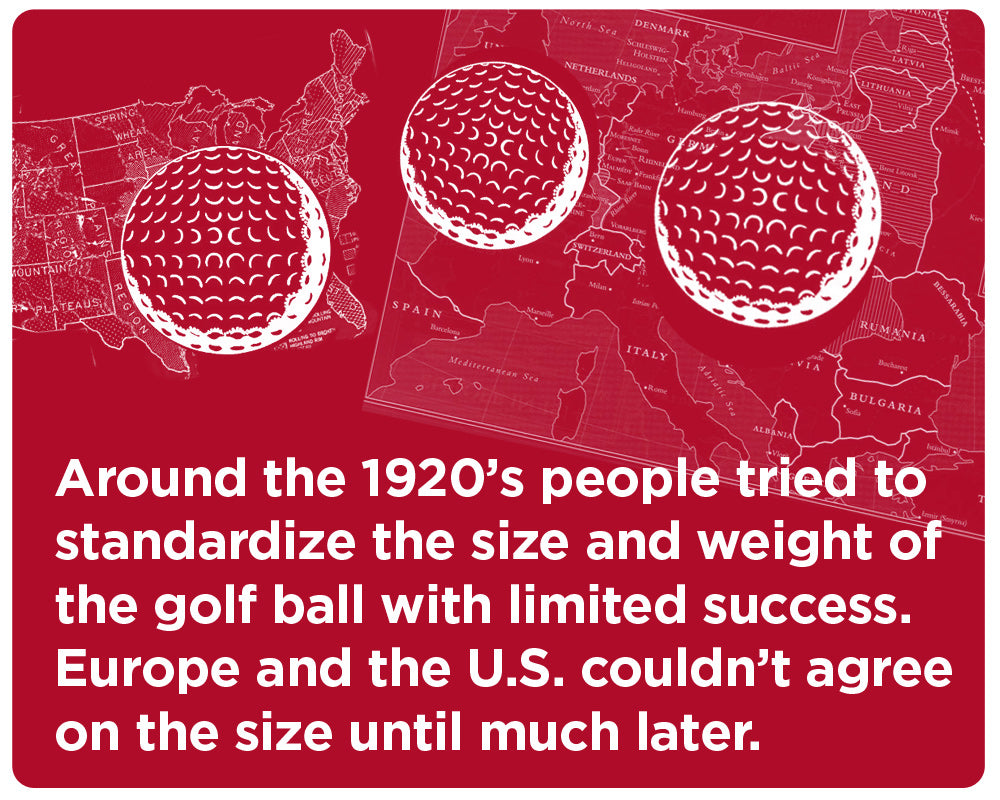
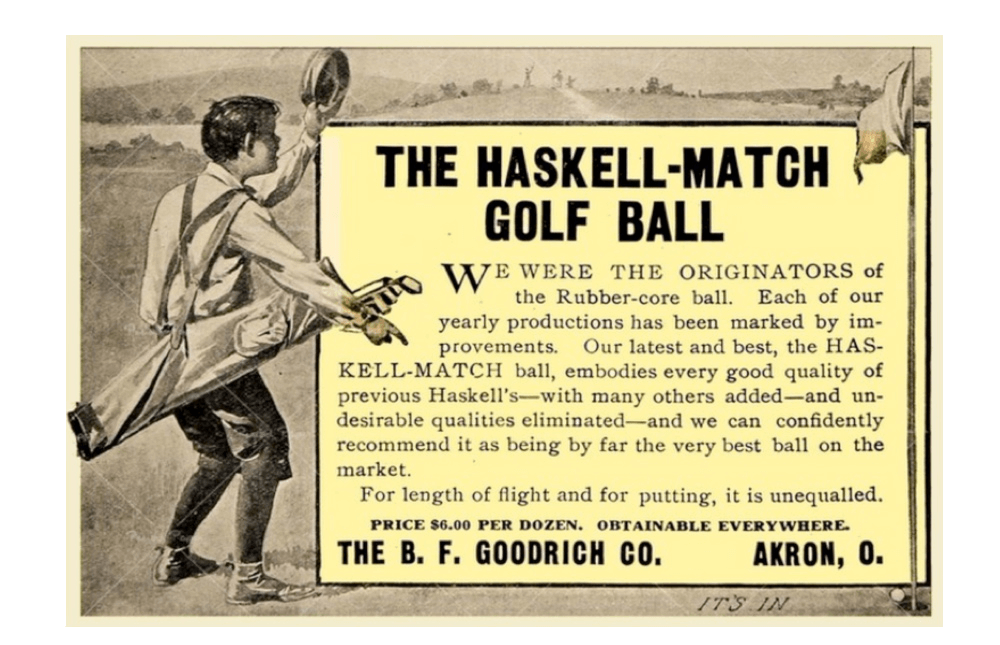
Haskell Ball Ad from a book titled: Collected Short Stories, Vol. IV by Fred M. White (originally published in The Australian Town and Country Journal, Jan. 3, 1906)
Of course, people tried to improve on the Haskell too. For instance, they experimented with all kinds of different core materials. Renewable cork. Tasty honey. Yucky castor oil. Wine. Environmentally-friendly mercury. Unbelievably, radium! One version even used compressed air. But these tended to explode (the perfect gift for the guy you only invite to complete your foursome).
Oh, back a bit we promised to bring up dimples again. This is the place. While all this other stuff was going on – 1908 to be specific – an Englishman named William Taylor patented the modern dimple. He supposedly carved the first experimental dimples with the scoop-end of a black head remover.
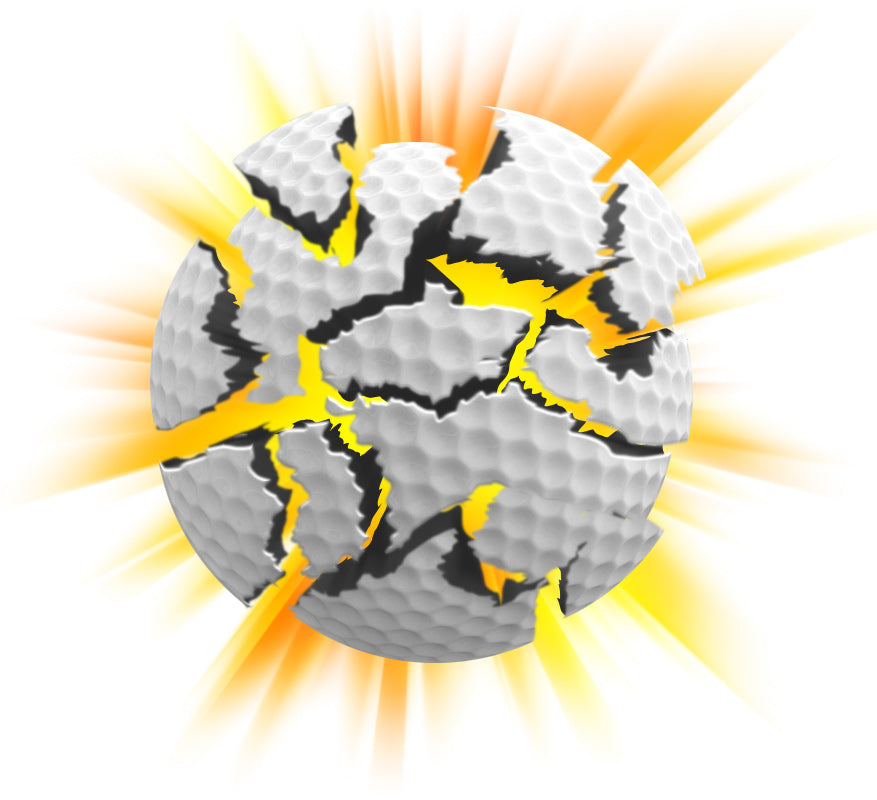
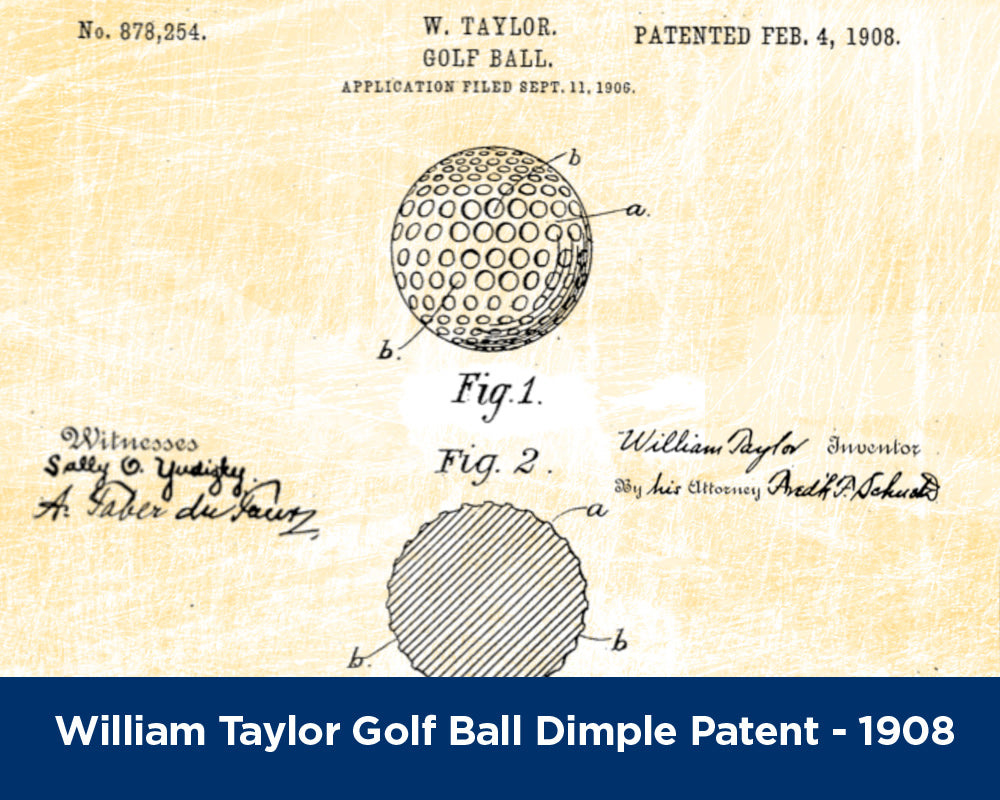
Balls get all Hi-Tech
Like everything else
But the truly modern golf ball wasn’t born until the 1960’s when the wizards began to be replace rubber with new, cheaper synthetic materials, and wound and liquid cores with solids. So, began the golden age of golf ball design advancement, spurred on by computerized and robotic testing. That means things start to move fast and get complicated. So, we’ll just share the CliffNotes version.
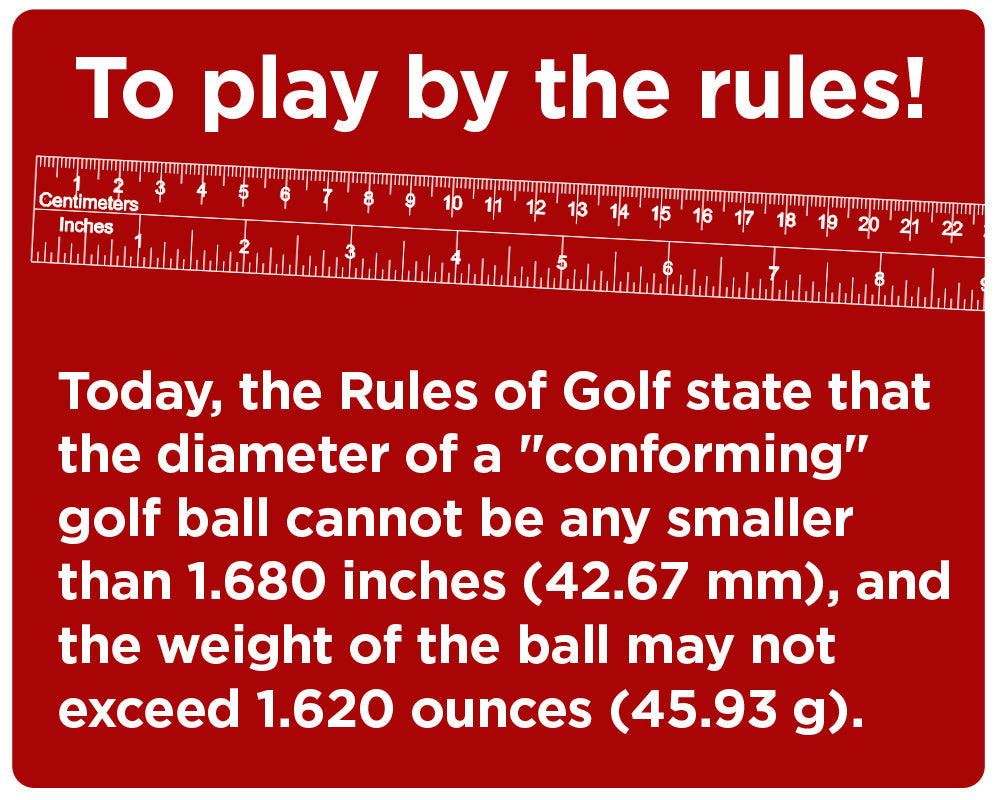
The start of all this was probably 1963 when a chemical engineer named Bartsch invented the first one-piece, molded synthetic-resin ball. But as he was trying to patent it, Spalding peed in his corn flakes with its own one-piece solid core ball – the Unicore, followed by the Executive. Then Ram introduced the first ball featuring a super-tough DuPont Suryln ionomer resin cover (which eventually became a standard in the industry). There was the revolutionary Top-Flite from Spalding in 1972. More one-upmanship and innovations followed. The wound Titleist Tour Balata. Then it’s tougher-skinned brother, the Professional. Nike’s solid construction Tour Accuracy. Then, of course Titleist’s immensely popular 3-piece ProV1 and 4-piece ProV1x with their softer urethane covers.
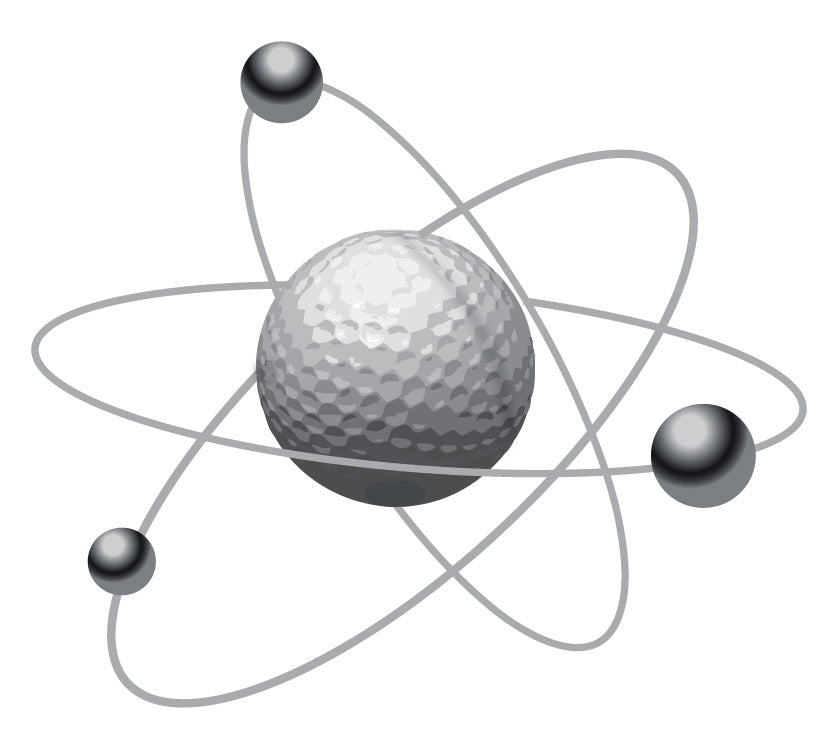
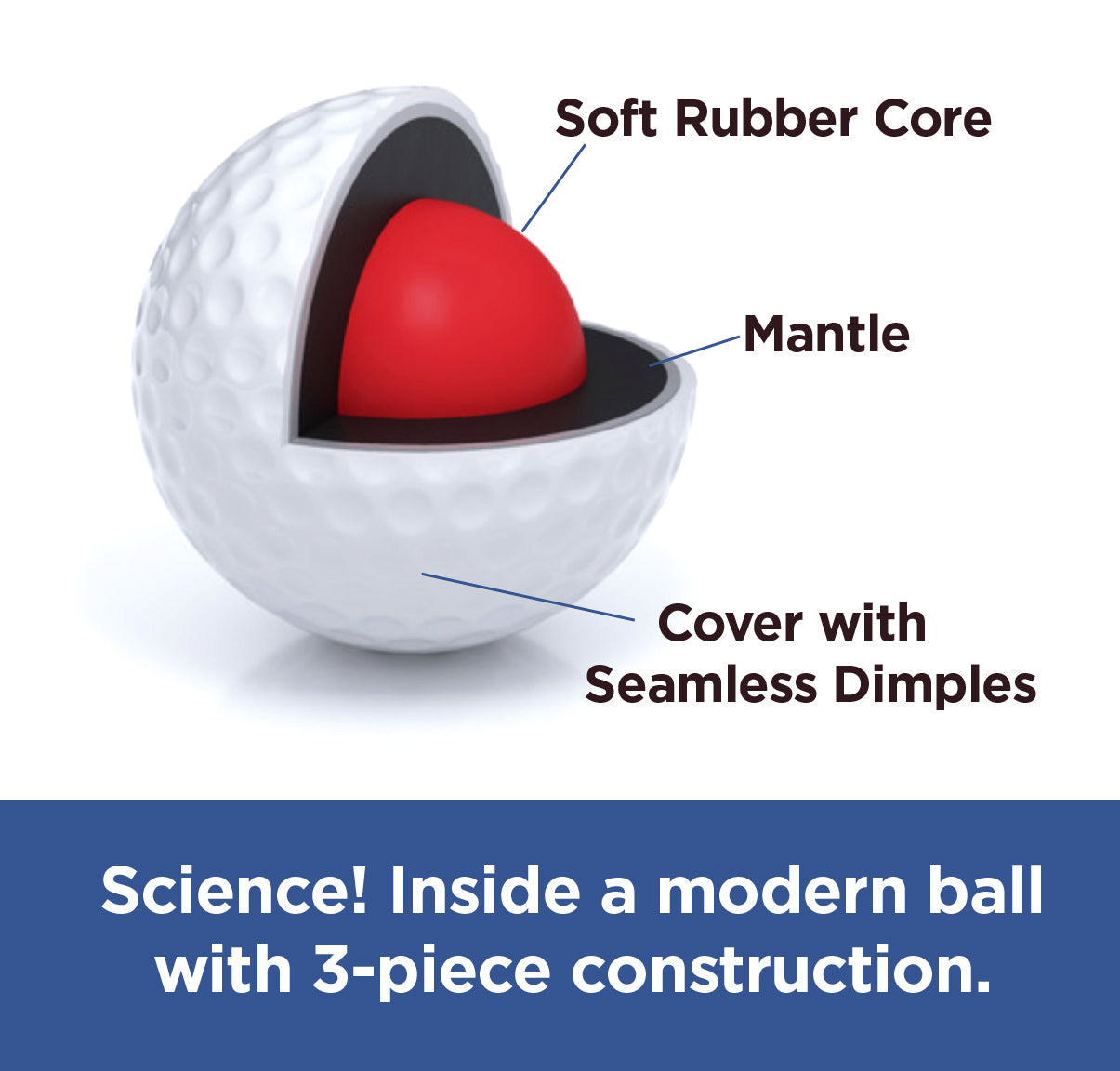
You get the idea. So, we’ll just skip ahead to what all this innovation means for golfers.
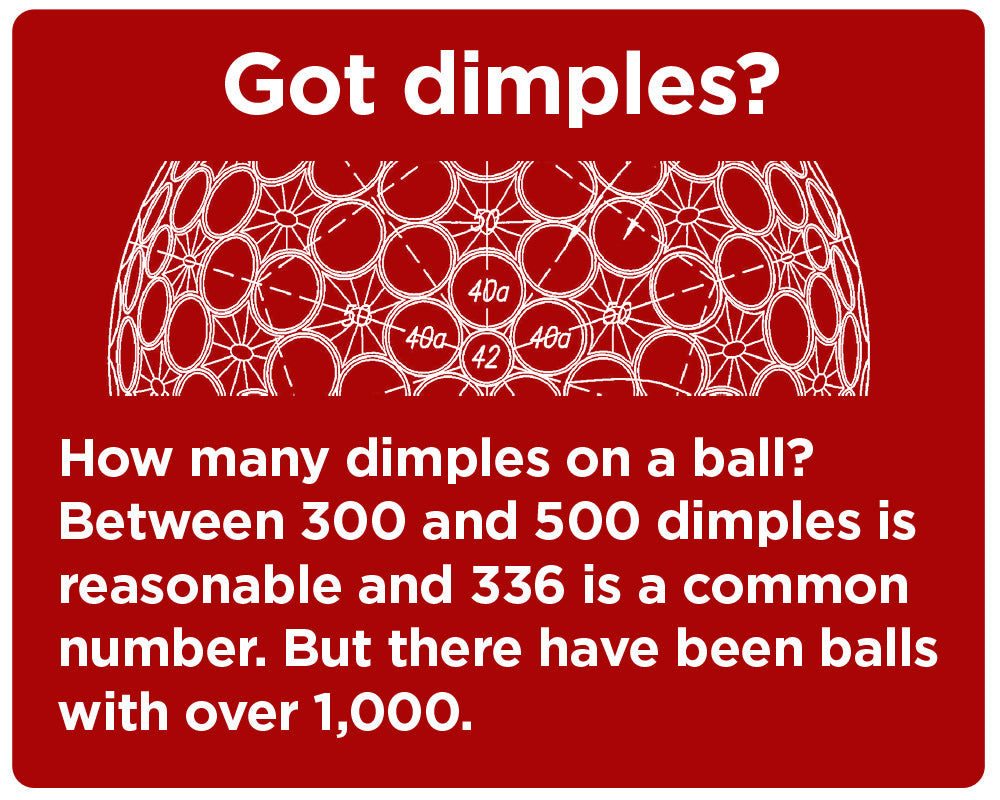
So, what does this all mean for Golfers?
We’ll break it down. In the past few decades, golf balls have experienced more technological advances than in the previous 500 years. That’s fantastic news for golfers (and for golf ball divers). Here’s why.
Your Perfect Ball Is Out There: No longer is there just one decent ball at a time. With over 1,000 rules-approved golf balls on the market, offering all kinds of construction and performance options, golfers have an unbelievable opportunity to find the perfect ball for their style of play (we’ll help you find yours).
You Don’t Have to Pay New Ball Prices Anymore: That’s because golf ball core and cover technology is so advanced, balls manufactured today are way more scuff resistant and keep their compression. So, golfers can save tons of money playing used balls. Still not convinced? There’s a lot of independent testing that confirms this and we’ve done some of our own.
Where's technology
going to take us next?
We’re divers. We don’t know, but we hear stories. Stories about balls with completely different surface patterns. 7-piece balls. Tee-side drone ball delivery. Space balls. Whatever comes next, as long as golfers still lose them, we’re good.
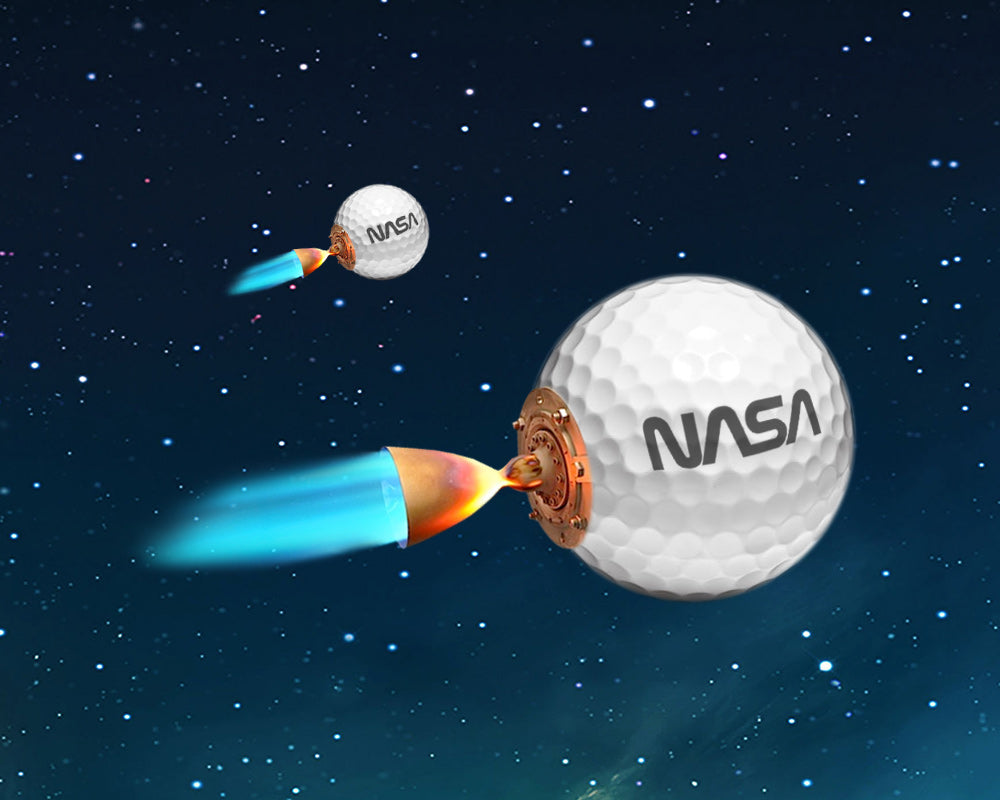
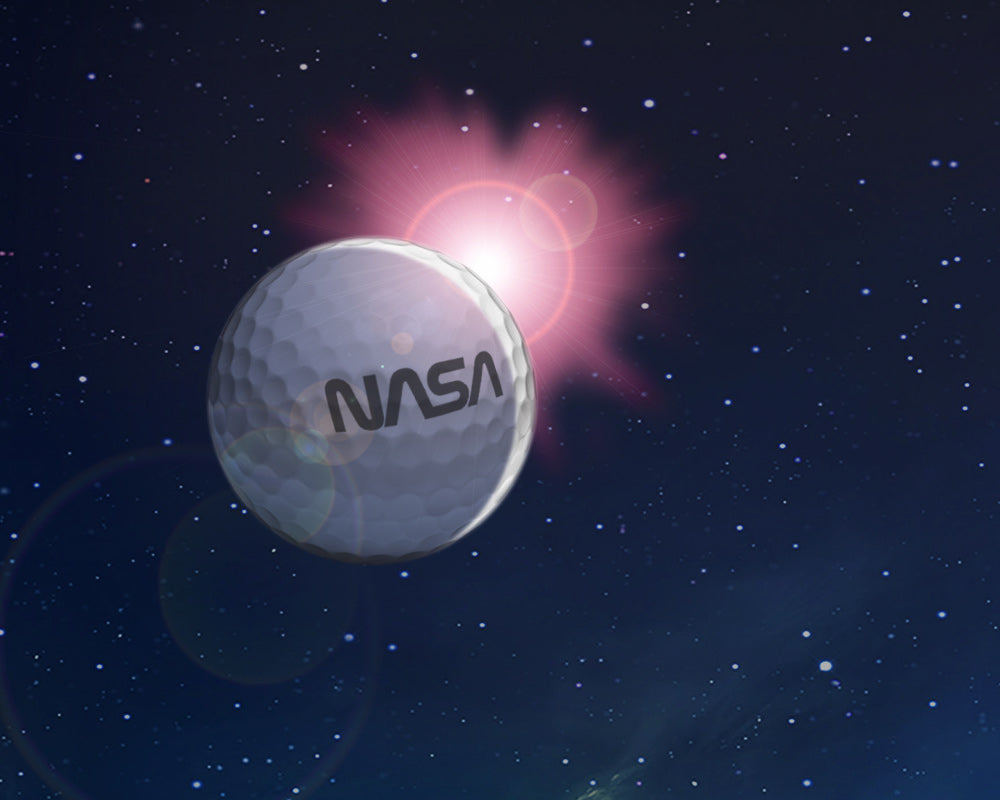
The Golf Ball Divers Grading Scale
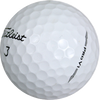
Mint Condition (AAAAA)
Performs like new. Clean, bright with minimal or no signs of visible wear – like a new ball that has been hit a few times. Player pen markings and logos may be present.
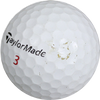
Near Mint Condition (AAAA)
Minor cosmetic blemishes and imperfections like gloss-loss, abrasion and minor discoloration. But no cuts or damage that could alter distance, trajectory or flight path. Player pen markings and logos may be present.
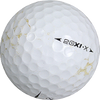
Value Condition (AAA)
Great for beginners, or as practice balls for avid golfers. Noticeable wear including scuffs and abrasions – but not too many, and none from cart paths. No cuts or cracks. Discoloration, pen markings and logos can be present.
